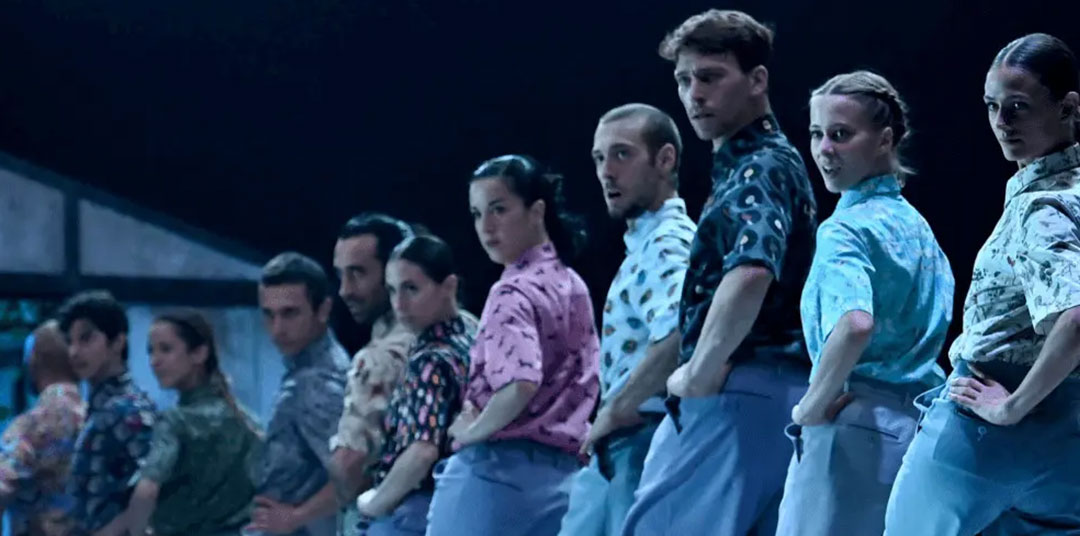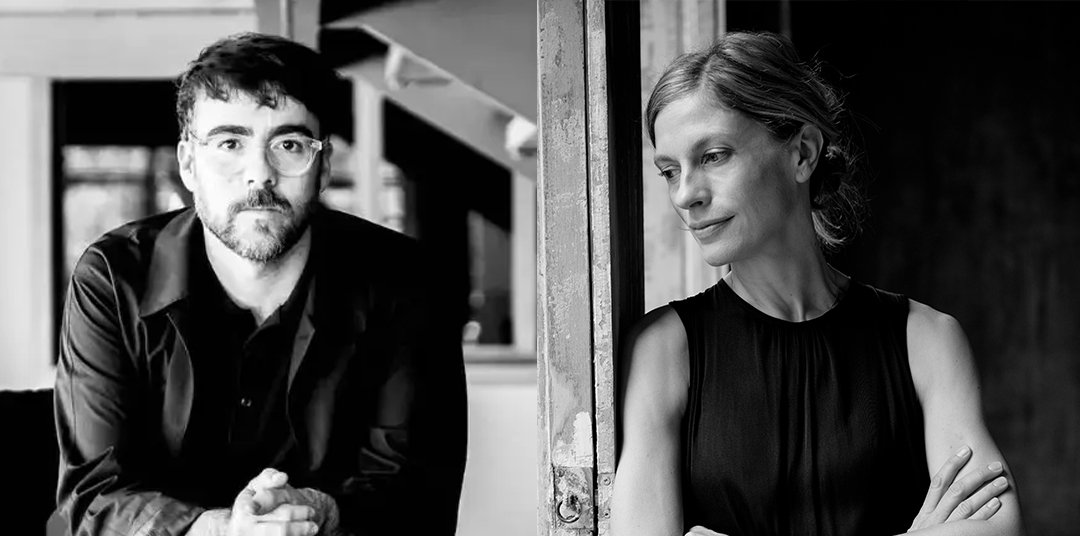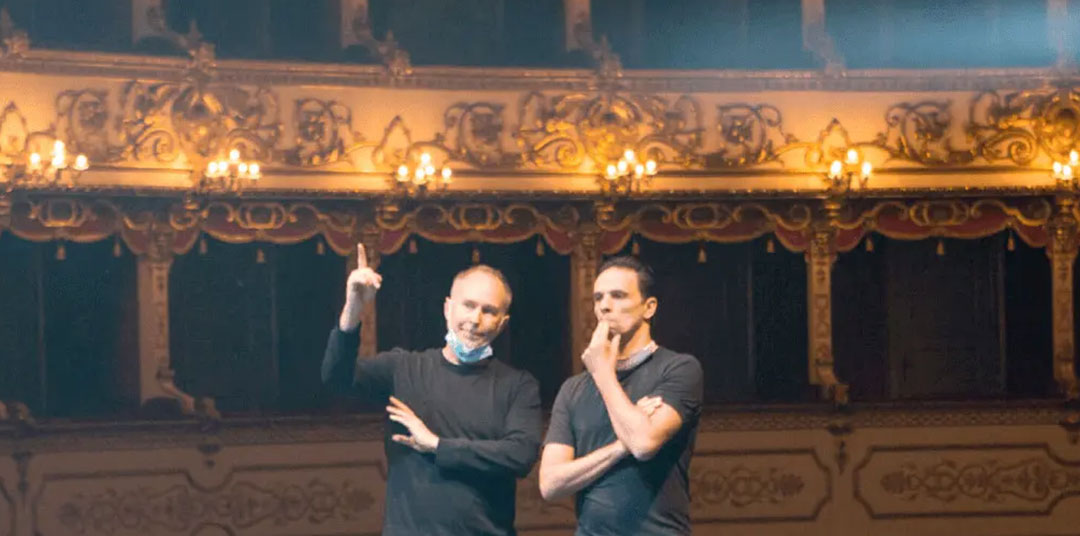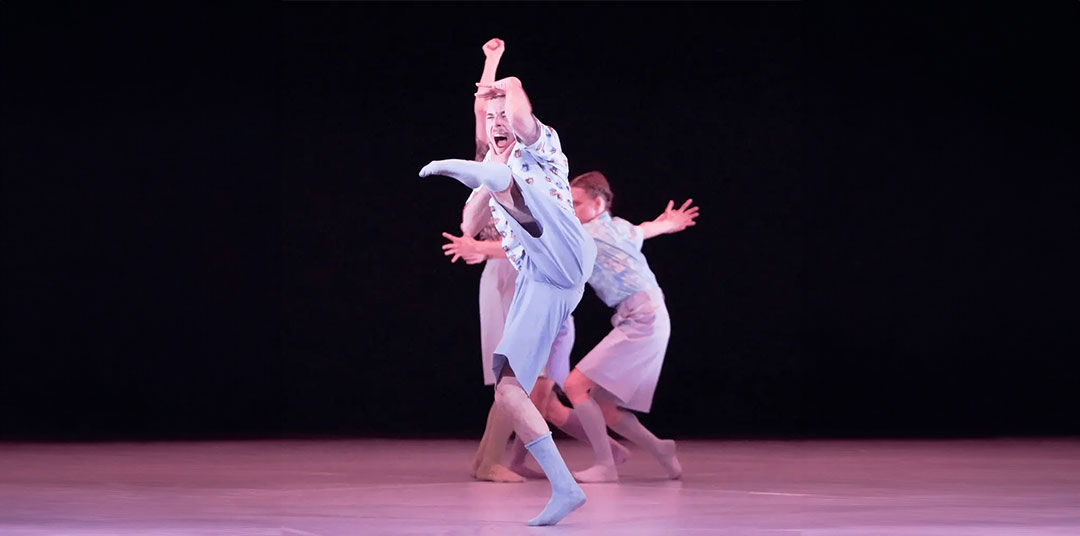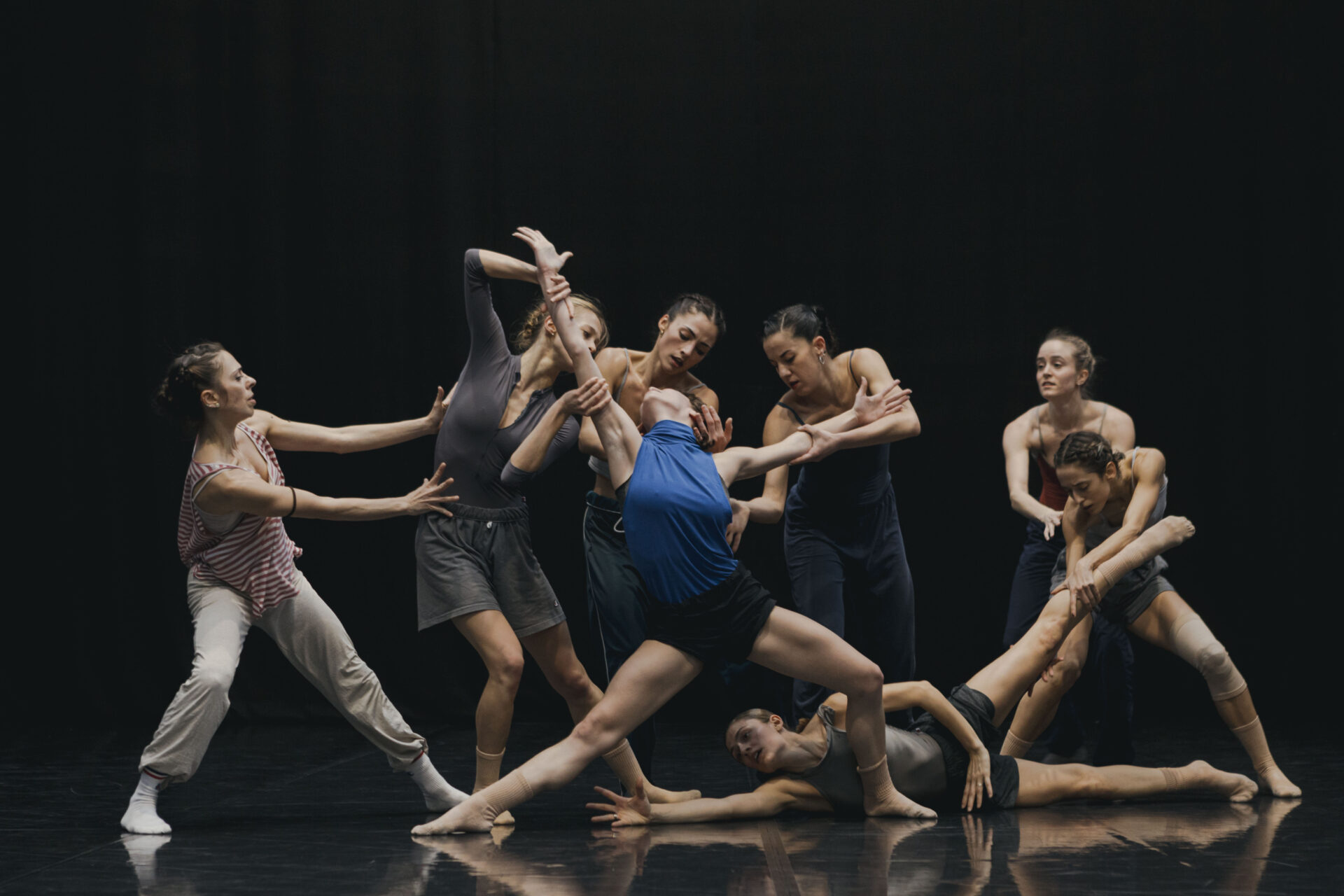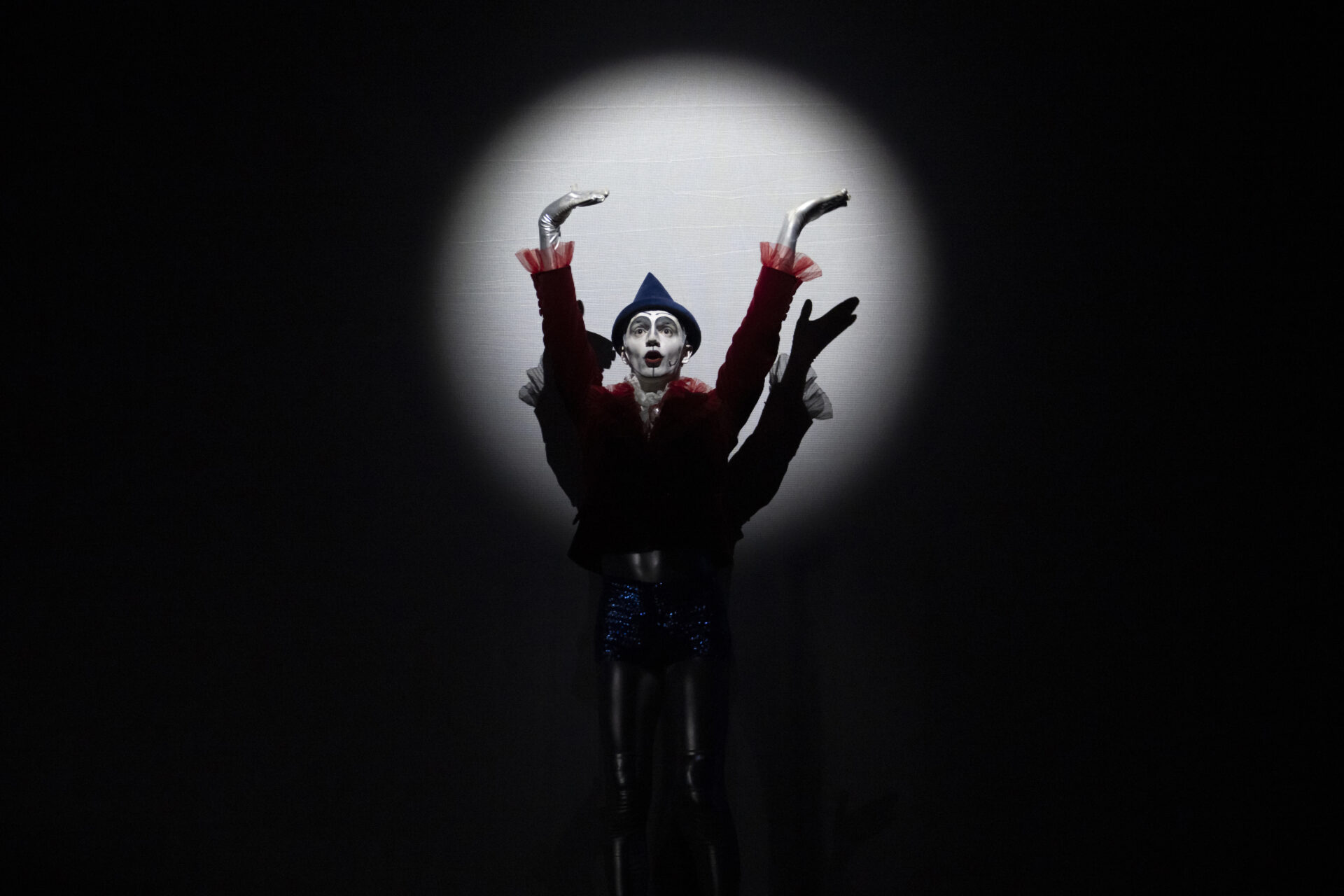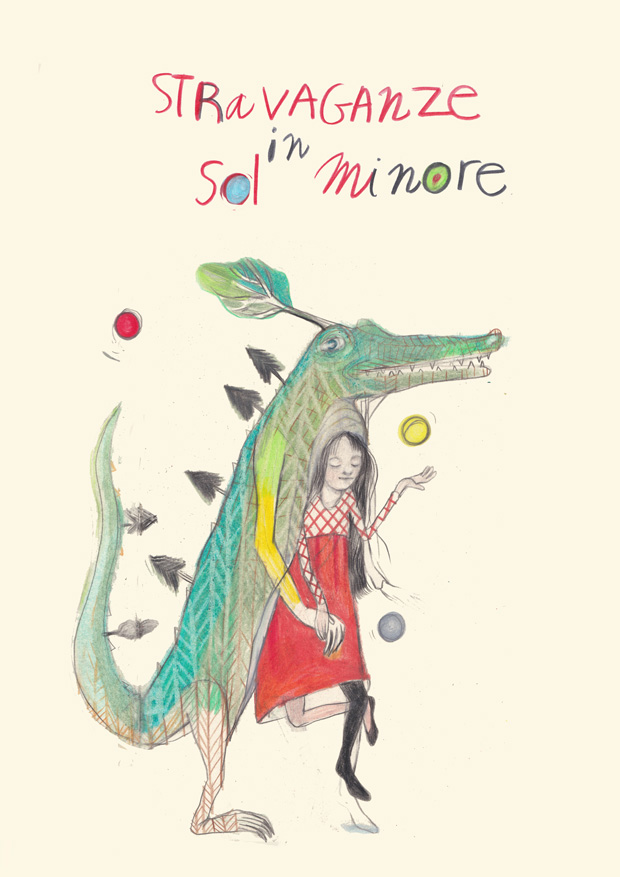- 14'20''
- Alpha Grace
- Another Story
- Antitesi
- Aterballetto
- Bach Project
- BLISS
- Chiostri San Pietro 2022
- Combattimento di Tancredi e Clorinda
- Dance Week 2025
- Don Juan
- Dreamers
- feeling good
- glory hall
- Golden Days
- In/Finito
- Kepler
- La stella nascosta
- Lorca sono tutti
- Lost in
- Meridiana
- MicroDanze
- Never odd or even
- Next Stop
- Nine Bells
- Notte Morricone
- O
- Open rehearsals
- Over Dance
- Pasiphae
- Performances
- Phoenix
- Productions
- Rain Dogs
- reconciliatio
- Rhapsody in Blue
- Season
- Season 2021
- Season January - June 2024
- season january july 2025
- Season January-July 2020
- season january-may 2022
- season September-December 2021
- Season September-December 2022
- Secus
- September - December 2024 season
- Shoot me
- solo echo
- special events
- Special projects
- Stabat Mater
- Stagione 25/26
- Stagione Faenza 2018-2019
- Stagione Forlì 2018-2019
- stagione gennaio giugno 2023
- Stagione gennaio-giugno 2019
- Stagione gennaio-giugno 2024
- Stagione settembre-dicembre 2018
- Stagione settembre-dicembre 2019
- Stagione settembre-dicembre 2023
- stagione settembre-dicembre 2025
- Stanze Rooms
- Storie
- Stravaganze in sol minore
- Streaming
- Tango Glaciale Reloaded
- Tempesta
- Trans Frontieres
- Upper-East-Side
- Upper-East-Side
- Wolf
- Yeled
- Yeled/Shoot me
Made in Italy 36.0

Agora Coaching Project – foto Nicola Stasi
On December 6, the young talents of Agora Coaching Project perform for Danza in Fonderia in Reggio Emilia.
MOVETOPIA
Coreography by Massimo Gerardi
DI TANTI ROMEI, DI TANTE GIULIETTE
Coreography by Michele Merola
Made in Italy 36.0

Agora Coaching Project – foto Nicola Stasi
On December 6, the young talents of Agora Coaching Project perform for Danza in Fonderia in Reggio Emilia.
MOVETOPIA
Coreography by Massimo Gerardi
DI TANTI ROMEI, DI TANTE GIULIETTE
Coreography by Michele Merola
Aterballetto Gala
Il CCN/Aterballetto dance at Teatro Sperimentale in Pesaro on 6 december 2025.
https://youtu.be/cN_5fZFrz4c
https://youtu.be/SBq99Tyc-xQ
https://youtu.be/pn4a6L_U-hs
NOTTE MORRICONE
At the Teatro Verdi in Pordenone, Aterballetto performs Notte Morricone by Marcos Morau on the occasion of the International Mountain Day, as part of the Montagna Teatro Festival 2025.
I, Ennio Morricone, am dead,” wrote the composer before bidding farewell. His music, however, cannot die. Creators and artists never truly leave us; they remain, held alive and safe by memory itself. Notte Morricone is my gift — a devoted tribute to the beauty he gave to the world.
Notte Morricone unfolds in the twilight of an ordinary night in the life of a creative mind — alone and dazed before his sheets of paper, jotting down notes and envisioning melodies for films that do not yet exist, bringing stories back to life in the rarefied air of his room.
— Marcos Morau, Director and Choreographer
It is impossible to describe Notte Morricone — a masterful work that reaches the spectator in waves, enveloping them in emotion, capturing them in the memory of timeless melodies that have long outlived the images that inspired them. The choreography is equally enchanting — refined and deeply poetic, crafted with meticulous attention to detail: legs and necks seem jointless, bending and springing rhythmically like metronomes.
— Maria Luisa Buzzi, Danza&Danza
Duration 90′
AiAiAi Pinocchio!
A new Pinocchio for Danza in Fonderia | Anthologies. New Readings of the Body.
Inspired by Collodi’s famous tale, AiAiAi Pinocchio! shifts the action into the contemporary world, speaking the language of Generation Alpha, a world shaped by the presence of artificial intelligence.
Geppa is a tech-enthusiast passionate about digital creation, attempting to generate a Pinocchio no longer made of wood, but of pixels, data, and algorithms. Accompanying the two characters in this adventure are a talking Cricket, a robot, and FATA TURKINA, the virtual assistant.
A performance for children aged 5 and up
Stravaganze in sol minore
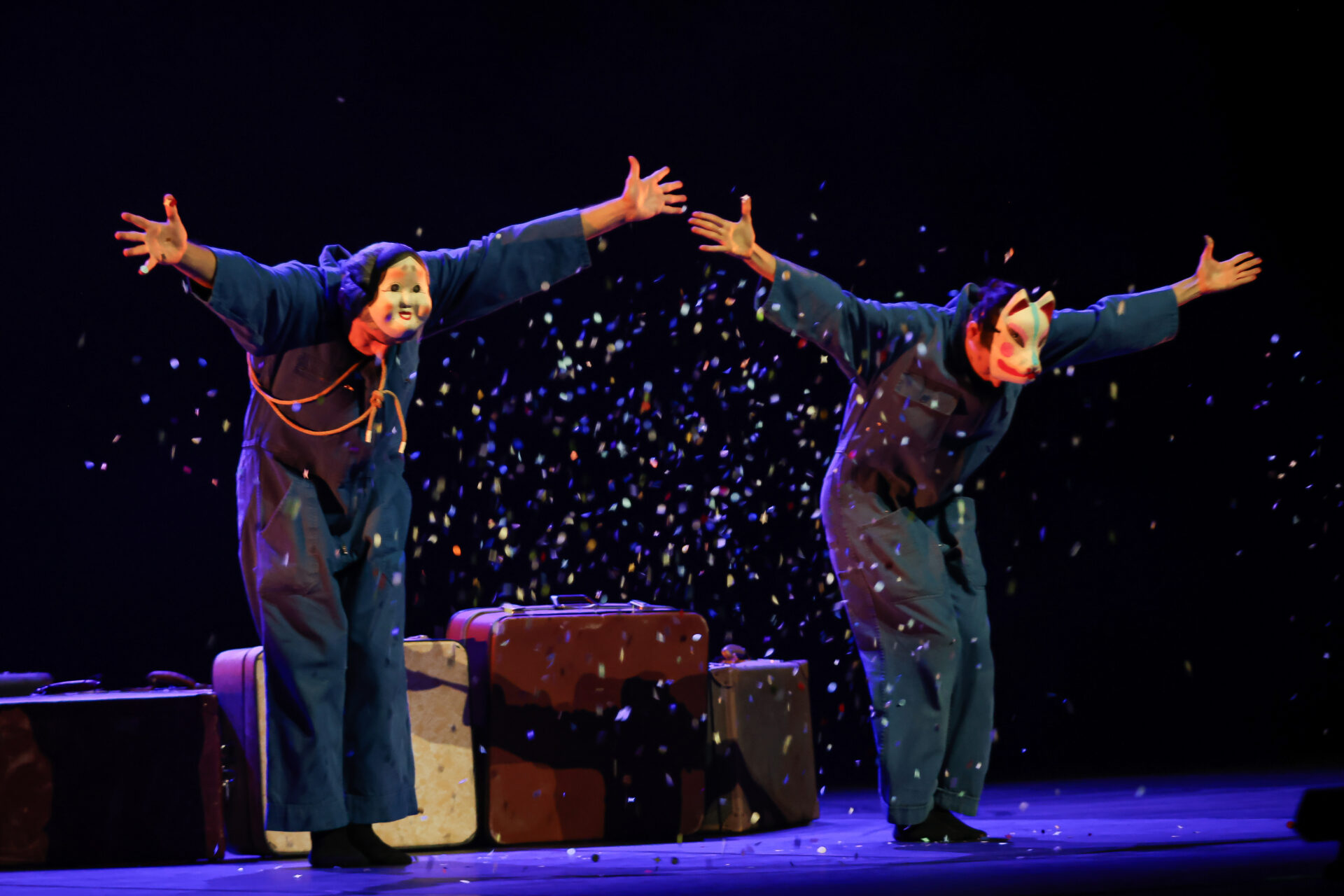
Stravaganze in sol minore by Francesca Lattuada, arrives at the Teatro Marenco in Novi Ligure.
Beneath a bush of scarlet roses
The toad serves hot tea with milk.
Beneath a bush of purple roses
It’s the toad’s turn to wash the cups.
(Toti Scialoja, La mela di Amleto, 1984)
https://www.youtube.com/watch?v=Wouh0x0D4HQ
Solo Echo / Reconciliatio / An echo, a wave / Rhapsody in blue
Aterballetto opens the 2025–2026 dance season at the Teatro Comunale Città di Vicenza on Sunday, December 14.
CCN/Aterballetto performs a true concert in dance. Solo Echo by Crystal Pite, set to Brahms’ sonatas for piano and cello, invokes winter to express something essential about acceptance and loss. Reconciliatio is a delicate female duet by Angelin Preljocaj set to Beethoven’s Moonlight Sonata. In An echo, a wave by Philippe Kratz, the flowing movements of the two dancers recall the motion of the sea, while Rhapsody in blue by Iratxe Ansa and Igor Bacovich is a playful, lively choreography echoing Gershwin’s famous score.
NOTTE MORRICONE
Aterballetto’s first performance of 2026 is Notte Morricone by Marcos Morau at the Teatro delle Muse in Ancona.
“I, Ennio Morricone, am dead,” wrote the composer before taking his leave. His music, however, cannot die. This is how creators and artists always leave us without ever truly leaving, and how memory takes care to keep them alive, to keep them safe. Notte Morricone is my gift, a devoted tribute to the beauty he gave to the world.
Notte Morricone unfolds in the twilight of an ordinary night in the life of a creative spirit who, alone and dazed before his papers, jots down notes and envisions melodies for films that do not yet exist, bringing stories back to life in the rarefied air of his room.
Marcos Morau – Director and Choreographer
It is impossible to describe Notte Morricone, a masterful work that washes over the spectator in waves, embraces them with emotional currents, and captivates them with the memory of timeless melodies that have long outlived the images that first inspired them. Equally enchanting is the finely chiselled, ever-poetic choreography, composed with meticulous attention to detail: legs and necks seem jointless, bending and snapping rhythmically like metronomes.
Maria Luisa Buzzi – Danza&Danza
Duration: 90 minutes
Find out more »
Dreamers
Aterballetto performs Dreamers at the Teatro del Popolo in Concordia sulla Secchia (MO) on Saturday, January 17, 2026.
The National Choreographic Centre Aterballetto presents an evening that traverses body, soul, and memory — four creations reflecting on intimacy, human fragility, and the strength of shared emotion.
Preludio by Diego Tortelli is a profane prayer inspired by the writings of Nick Cave: five dancers become vessels of emotion, embodying obsession, dependence, and desire in a hymn to the body and its constant transformation.
Reconciliatio by Angelin Preljocaj is a delicate female duet set to Beethoven’s Moonlight Sonata, a piece of subtle power and poetic grace.
An Echo, A Wave by Philippe Kratz draws inspiration from the hypnotic movement of the sea — a symbol of eternity and a place of encounters, departures, and returns. It is a poetic duet, fluid and timeless like the waves themselves.
Finally, Alpha Grace, also by Philippe Kratz, is a reflection on empathy — that ancient, sacred capacity to recognize oneself in others. Solitude and individuality gradually dissolve into togetherness, into a harmony built on listening and shared emotion.
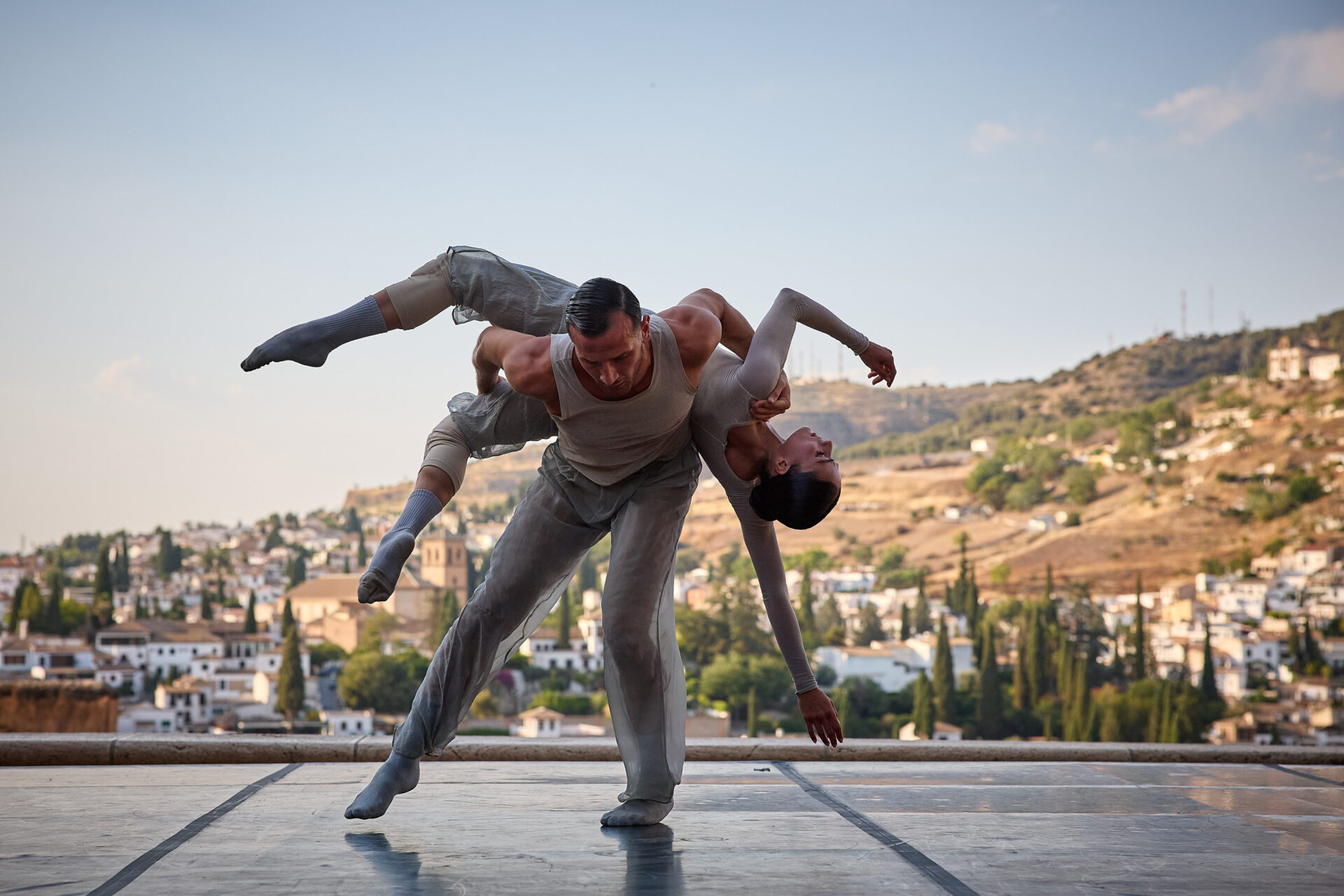
© Festival de Granada | Fermín Rodríguez
